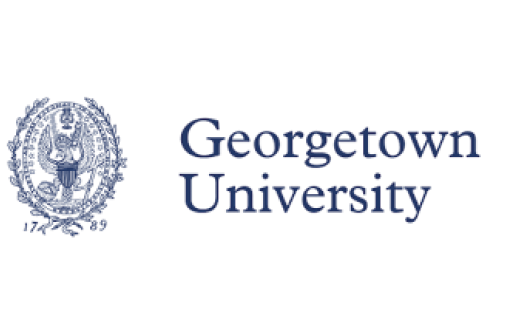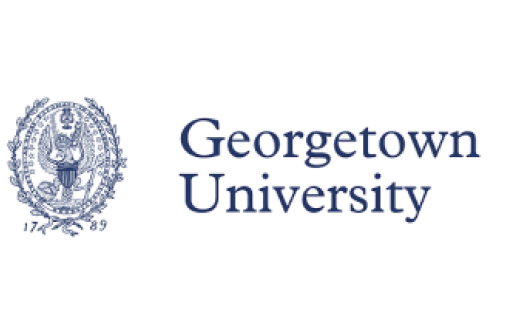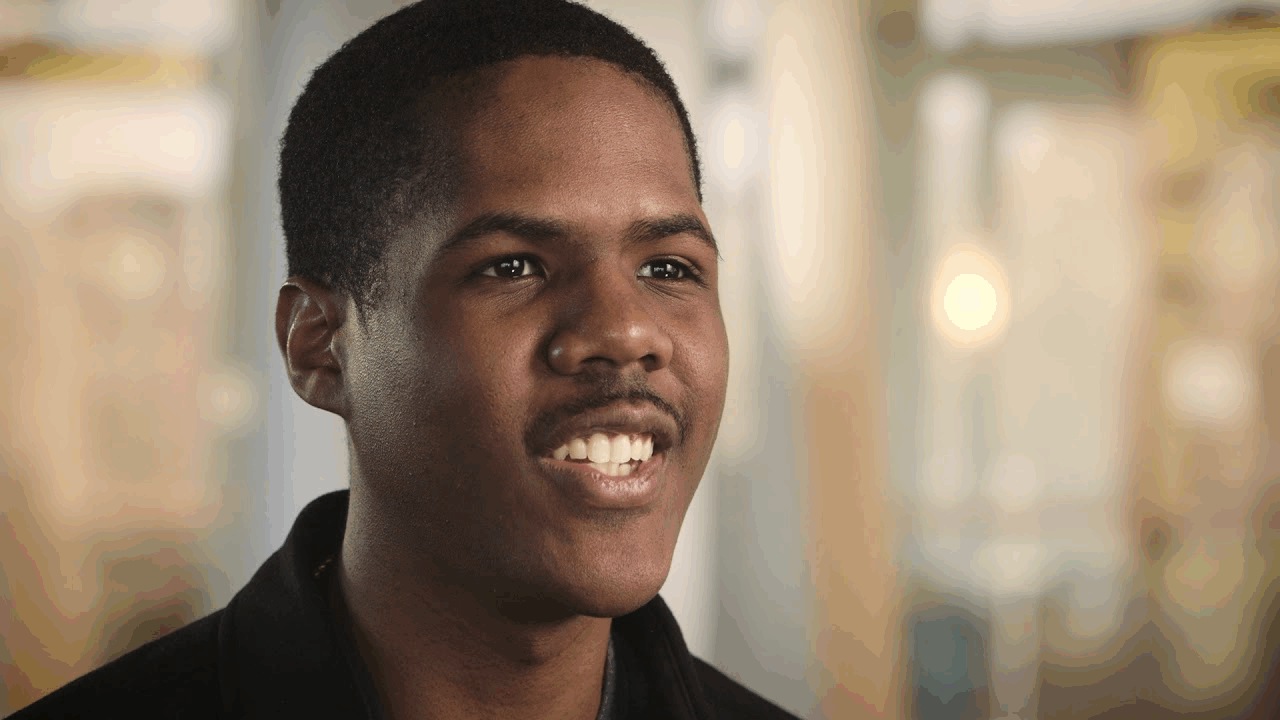
Georgetown University
Community Portals Build Stronger Connections for Georgetown University
Every college and university works to put students at the center. Nowhere is that focus as clear as at Georgetown University, which believes in the Jesuit value of “cura personalis,” a Latin phrase that means “care for the entire person.”
At Georgetown, the key to “whole person care” is that each of the 17,000- plus students has strong relationships with advisors, faculty, and staff. Those relationships create a feeling of home on campus – a feeling that lasts long after graduation – and help ensure each student has what they need to succeed.
It’s hard to build those relationships, though, if advisors and faculty don’t know the individual students. And getting a comprehensive view of the students requires bringing data together from across campus onto a single platform.
For Georgetown, that platform is Salesforce, which allows the university to understand every student’s unique story, so that they can provide a more personalized experience and achieve their vision of “cura personalis.”
Fundraising for Student Support
Georgetown admission operates a “need- blind” admission process that focuses on enrolling the most talented students regardless of their ability to pay.
“You want the best and brightest coming to Georgetown,” says Jo Ann Grainger, Associate Vice President for Advancement Services and Special Projects. “Georgetown has a history of creating world leaders, and we want a diverse population of the brightest students to create a robust dialogue.”
To support first-generation students, the offices of Advancement, Student Financial Services, and Admissions started the Georgetown Scholarship Program (GSP). GSP’s support system includes tuition assistance and a student mentoring program that pairs junior and senior GSP students with freshmen to help them navigate college life.
It’s just another component to supporting the student, Grainger says. “The success rate of graduation is in the mid-90 percent, so it’s a very effective program. And it’s supported by philanthropy.”
GSP uses fundraising campaigns to help pay for student financial assistance; and fundraising, like student success, is about building relationships. Cultivating, tracking, and analyzing those donations, which totaled $1.5 billion during the last campaign, can be a big job.
So for that, too, the Advancement team turned to Salesforce to manage its fundraising data.
In fact, Georgetown is now using Salesforce to unify its faculty, students, alumni, and staff, something that hadn’t been done before on campus. The new platform, Georgetown360 (“GU360”), unites disparate systems of record that were not previously integrated, resulting in delays of days to weeks to produce data vital for decision making.
Information is Power
“We wanted to put in place a technology that enables this notion of care of the whole person,” says Judd Nicholson, Vice President of Information Technology and Chief Information Officer. The result is a scalable interface that creates greater flexibility in how GU faculty, staff, students, and alumni interact with one another on a daily basis. The platform includes Hoya360, the student portal; GUFaculty 360, the faculty portal; and Advising360, a student advising and customer relationship management system for Advancement. The portals are all tied together on GU360 so they can share appropriate information.
“Integration is really important,” says Patricia Grant, Senior Associate Dean for the Undergraduate Business Program. “A lot of times we talk about the differences between academic affairs and student affairs, and really, they’re entwined, so why have them in separate functions? So we created a seamless experience and interface that can serve multiple purposes.”
“Having all that information together allows us to make better data-driven decisions across the institution,” Grainger says. “In reality, without sharing data, we’d have a lack of information that can be crippling.”
The new platform also offers increased data and network security, which an enterprise-wide assessment showed the university needed due to the age of the systems it was using.
Data that Builds Connections
With the Hoya360 student portal — named after the school’s “Hoyas” nickname — students can access resources to answer questions or get help resolving issues. They can manage their profile and relationships with their deans.

“By using the Hoya360 platform, students can make sure their coursework is progressing properly toward their degree,” Grainger says. “In one application online they can access what they need to know.”
The system can be especially helpful for students who may be struggling, she notes. For example, a freshman may get lost trying to navigate all the different places where they can go to get information. But Hoya360 puts all that information at their fingertips.
With Advising 360, the academic advising team has a complete view of the student and their course, grades and history. “It lets us really look at each student individually and see what he or she needs to be successful,” Grainger says. “All that information adds to the student’s story, adds to their experience, and builds relationships that continue for a lifetime.”
Grainger says the new system helps Advancement better demonstrate the impact of philanthropy across the university. That story can be difficult to understand because some commitments take 20 years to mature, she notes, and data from Salesforce lets Grainger and her team demonstrate how money raised 10 years ago is making an impact today.
“To be able to share the information in a way that’s useful for whoever needs to see it, that’s a powerful solution,” she says.
Hope for the Future
Communities grow organically. Student success starts with a strong feeling of connection to the university and the community, and Salesforce allows Georgetown to build those connections.
“Looking back 10 years from now, I hope we will know our students and alumni better than we ever had before because of what we did with this system,” Grainger says. “I hope their sense of home and engagement is enhanced because of what we’re able to capture in the system.”
Download this Georgetown University case study.
